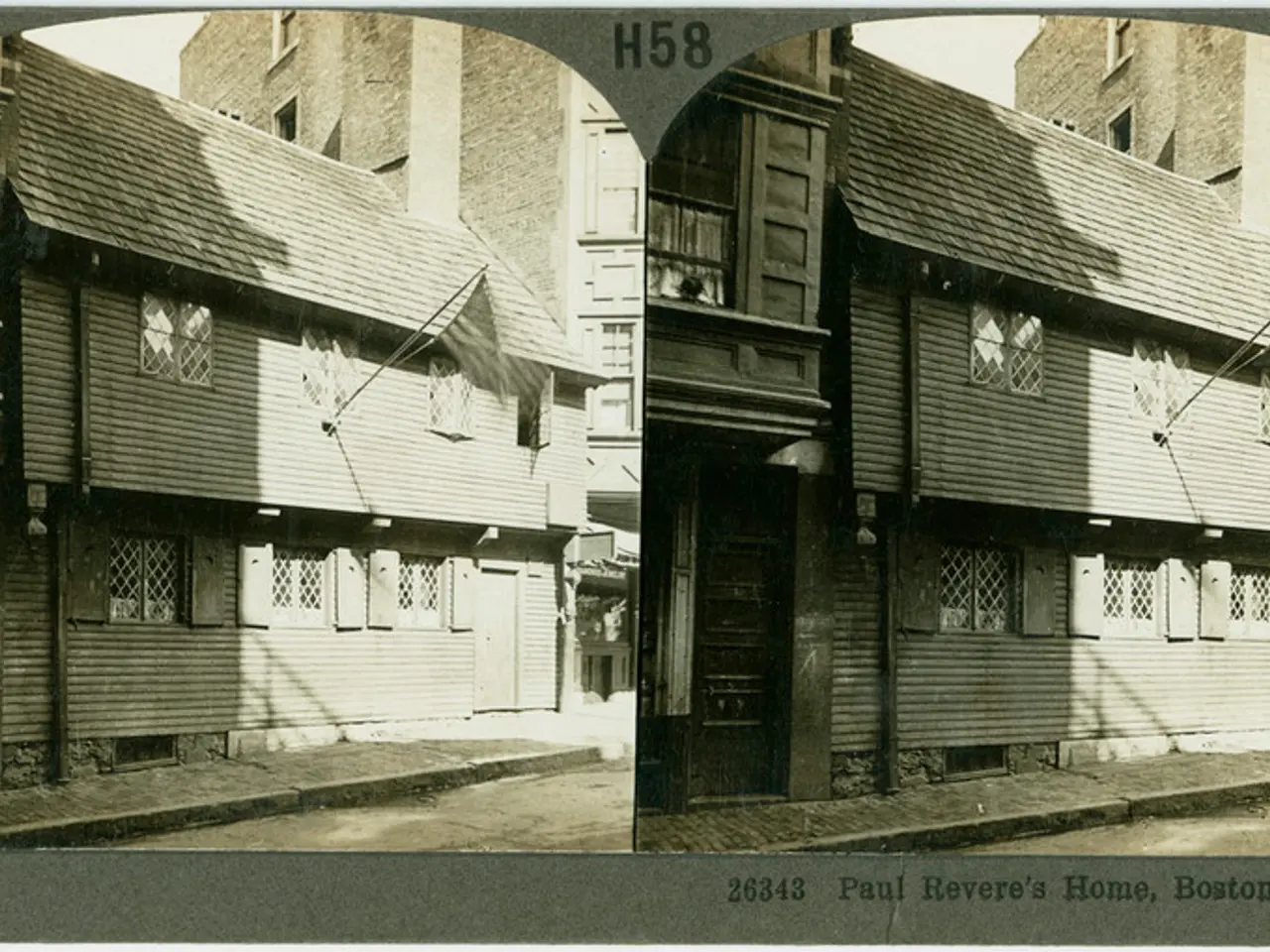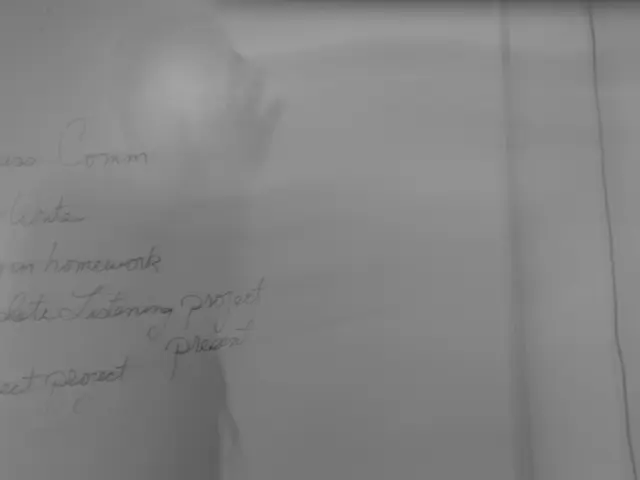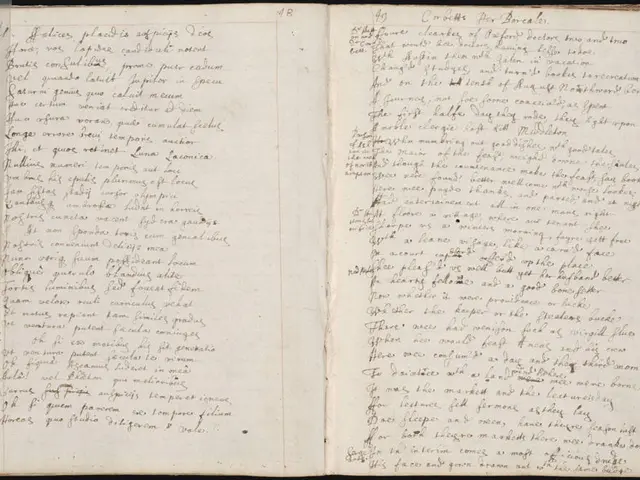Historic Preservation: A Blend of Skill and Knowledge in Restoring Historic Structures
=====================================================================
Modern architectural restoration is a fascinating field that seamlessly combines traditional craftsmanship with advanced scientific and technological methods. The ultimate goal is to conserve historic structures, ensuring their safety, sustainability, and usability, while respecting their heritage values.
Materials Science plays a crucial role in restoration. Specialists employ custom blends and laboratory analysis to replicate original materials such as stone, brick, and mortar. Quarry matching ensures authentic replacement materials, although limitations may arise when original materials are unavailable or have legal/environmental restrictions. Digitally assisted stone carving enhances precision, preserving historic integrity.
Structural Engineering is another key aspect. Modern engineering techniques include the use of reinforced supports, hidden anchors, and waterproof membranes to strengthen historic buildings while meeting contemporary safety and building code requirements. Non-invasive condition assessments using laser scanning and moisture mapping identify structural weaknesses and areas of water damage, allowing targeted repairs and minimizing unnecessary intervention.
Conservation Science involves a detailed condition assessment and balancing authenticity with modern needs. Traditional craftsmanship, such as tuckpointing, repointing, and stone carving, complements the science, executed by artisans skilled in historic methods. Conservation efforts often include meticulous documentation of original materials and finishes to guide faithful restoration.
Environmental Science influences material choices, restricting harmful materials and promoting breathable, durable alternatives that prevent future moisture or biological damage. Sustainable practices include monitoring and controlling indoor environmental factors such as light and humidity to preserve delicate materials without compromising historic character.
Technology Integration is another crucial component. Digital tools like laser scanning, 3D modeling, and digital fabrication enable high-accuracy documentation and reproduction of architectural details. Non-destructive testing tools allow for non-invasive moisture mapping and structural assessments that preserve the building fabric. Collaborative digital platforms support communication among multidisciplinary teams, ensuring adaptive and sensitive restoration planning.
The combined use of advanced scientific methods alongside traditional craft ensures that restoration projects respect heritage values while meeting modern standards of safety, functionality, and sustainability. Each project is unique and requires a carefully balanced approach that honours historic authenticity while embracing necessary modern interventions.
Modern restoration projects often incorporate sustainable practices, such as improving energy efficiency without altering the building's appearance. The restoration process involves extensive research, including studying archival documents and photographs, analyzing architectural plans and blueprints, and conducting on-site investigations to uncover hidden features.
At Heather & Little, a renowned restoration company, the emphasis is on the highest quality and most accurate outcomes, emphasizing craftsmanship and historical accuracy. Traditional tools and methods are prioritized, with technology used selectively to complement craftsmanship, not replace it.
Preserving historic buildings serves multiple important purposes, including cultural heritage preservation, sustainable development, economic benefits, and urban revitalization. Restored buildings can become focal points for community renewal and development. Well-preserved historic districts can boost tourism and property values, contributing to local economies.
In conclusion, modern architectural restoration is a fascinating blend of tradition and technology, ensuring that our historic structures remain safe, sustainable, and usable for future generations to enjoy. By preserving our past, we can create a vibrant, sustainable future.
- In the field of heritage preservation, science plays an essential role in crafting custom blends and lab analysis for replicating original materials during architectural restoration.
- The incorporation of fitness-and-exercise and health-and-wellness practices can contribute to the sustainability of restored buildings, ensuring they maintain optimum indoor environmental factors to preserve delicate materials.
- Technology integration is critical in modern restoration projects, as digital tools like 3D modeling and laser scanning enable non-destructive testing, high-accuracy documentation, and reproduction of architectural details.
- The lifestyle appeal of home-and-garden design can be enhanced through sensitive restoration of historic buildings, as these structures often serve as focal points for community renewal and development, boosting tourism and property values.
- Education-and-self-development through the study of historical documents, photographs, and on-site investigations is crucial in the research phase of restoration projects, uncovering hidden features and guiding faithful restoration that respects heritage values.




